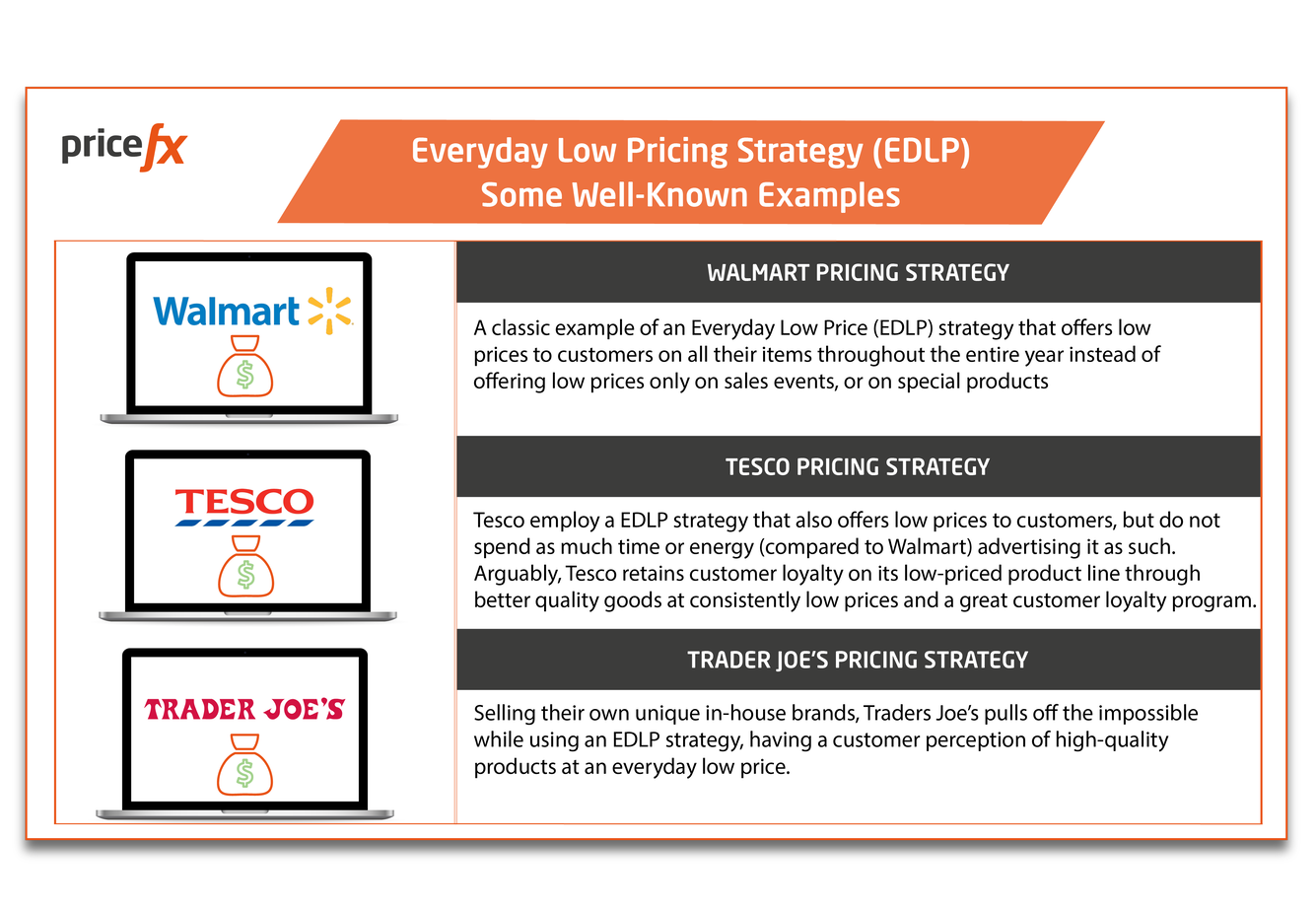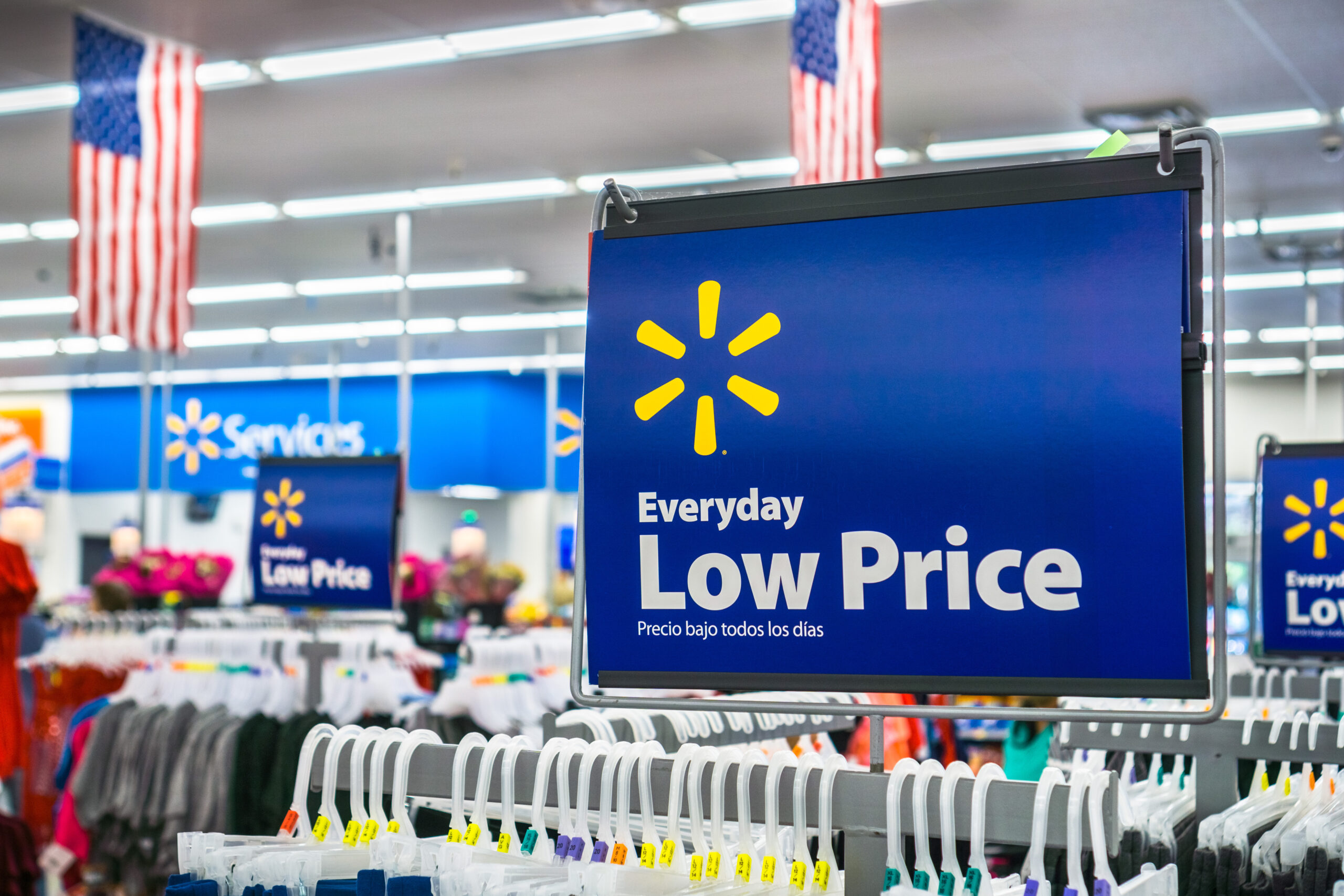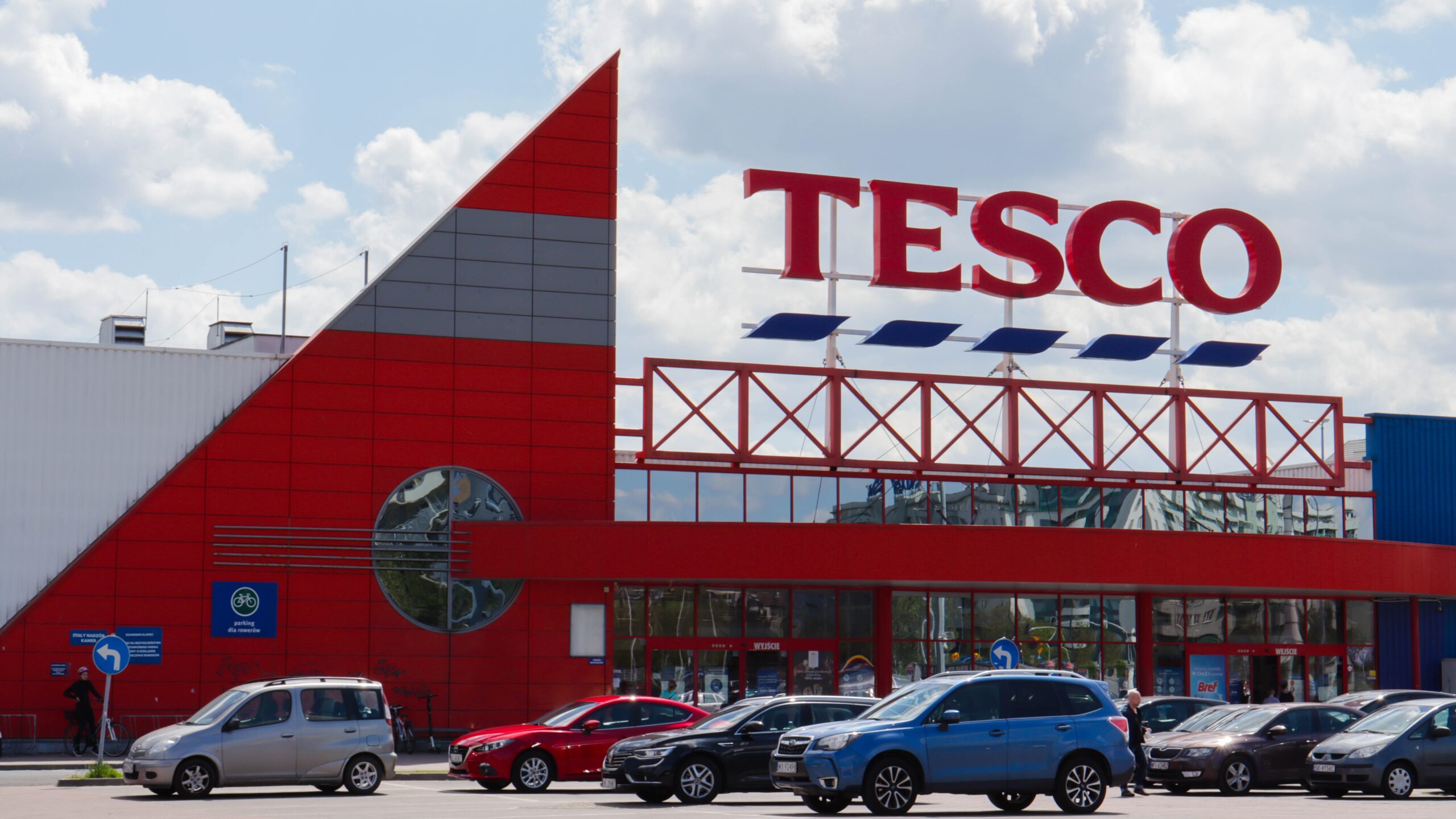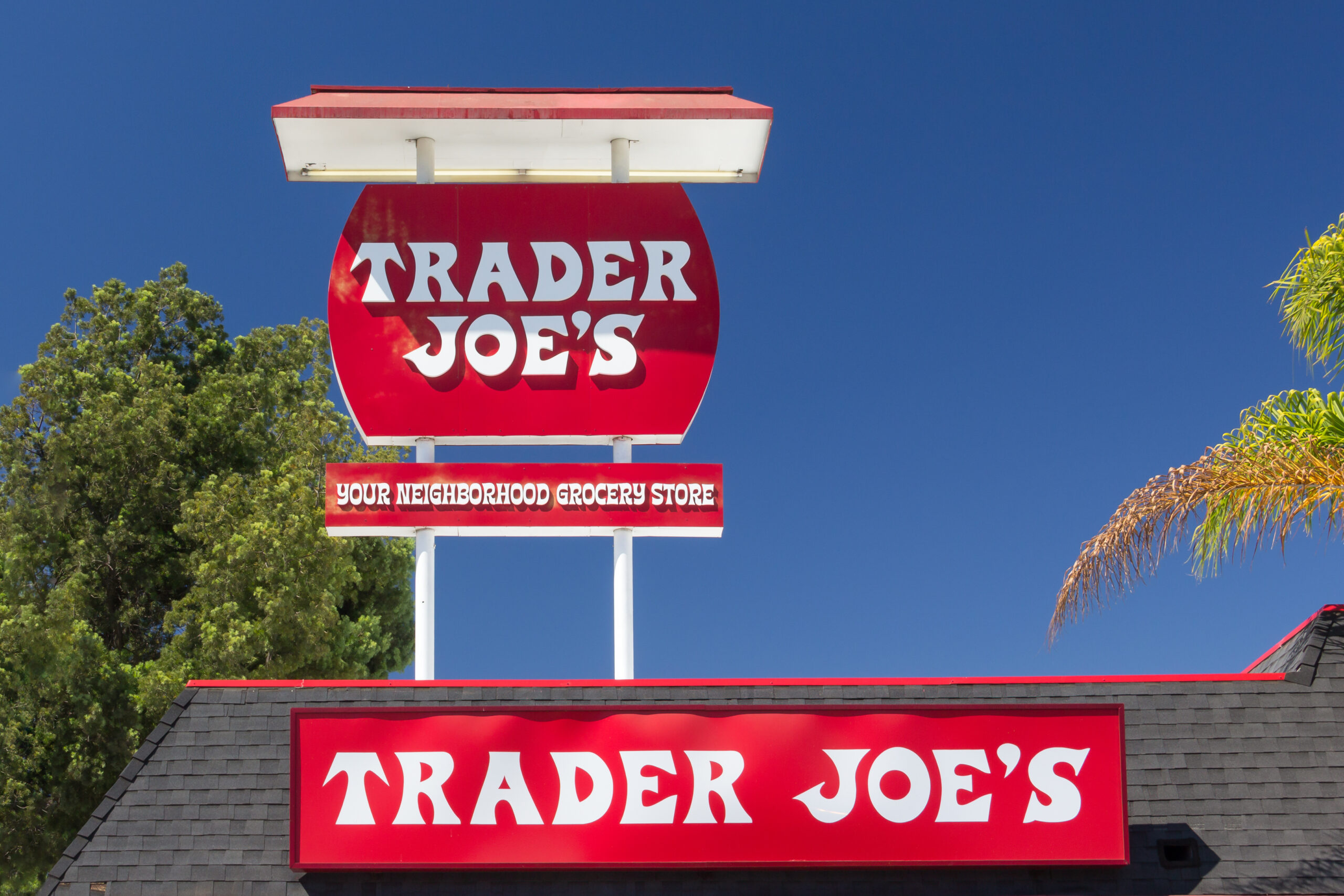Everyday Low Pricing Strategy Explained + The Pros & Cons
May 4th, 2022 (Updated 03/10/2023) | 13 min. read
By Idrissa Diop
You’ve probably heard the phrase “everyday low pricing” (EDLP) before and it’s possibly lodged its way into your subconscious, particularly if you live in North America. Why does it ring a bell? Because EDLP this is the pricing strategy that Walmart has used to become retail powerhouse. Amazon has followed in Walmart’s EDLP footsteps in the E-commerce sector. But is it for your business too? While it may be tempting to simply carve your prices back to rock bottom levels, it is not as simple as that. There are several weighty factors to consider including inventory and supply chain management, marketing, customer behavior and other functions of your business. Additionally, you may need to pair up the EDLP strategy with other pricing strategies on occasion too, and that will require getting your pricing ducks in a row.
At Pricefx, over the last decade and more, we have put our price optimization technology to use for hundreds of global clients to help build more profit and make their companies more streamlined. And, along the way we can assist companies to put a pricing strategy in motion that suits their business.
However, to begin, you must first determine your business goals. Then you can select the pricing method that will help you meet those objectives—whether it’s maximizing profits, obtaining market share, ridding your business of inventory, or any combination of these.
After reading this article on the everyday low pricing strategy, you could very well choose to write the strategy off as not your organization’s cup of tea. Many others (particularly large retailers) may decide ‘wow, EDLP is exactly what I need to put my business in the focus of more customers and cut promotional expenses.’ Others still may like the EDLP in the short-term but may consider combining it with one of its close pricing strategy relatives the high low pricing strategy.
Whatever your organization’s suite of unique business objectives are, after reading through the information below, you should be able to make an initial assessment if EDLP is for you or not.
So, let’s get started by analyzing what an EDLP strategy is, comparing EDLP with its close relative, high low pricing strategy, famous examples of companies implementing an EDLP strategy and tips to how other companies made it work and if it is right for your business.
What is Everyday Low Pricing Strategy? – The Definition
EDLP is a pricing strategy in which companies promise customers that their prices will always be consistently low. And when we mean ALWAYS LOW, without intermittent sales, one-off discounts or timed promotions. In other words, the low-priced goods will remain low-priced over a long timeframe and sometimes even remain at their original low-price as production costs rise.
Everyday low pricing is a pricing strategy where retailers and brands assure consumers that their prices will be consistently low over the long term, as opposed to using sporadic discounts or promotions to attract short-term buyers.
There are several factors that a business must make before deciding if Everyday Low Pricing is the right pricing strategy for them. However, to understand precisely what EDLP is and how it works, it helps to compare it against some other similar pricing strategies.
Everyday Low Pricing Strategy vs High Low Pricing Strategy
High Low Pricing is a strategy where a business starts with a high price for the introduction of their products and later decreases the price with the use of promotions, markdowns or clearances. Beginning with high prices allows your business to create the perception (some might say ‘illusion’) of a bargain once discounts are applied. High low pricing strategy is a used as a method to drive foot traffic and use the ‘buzz’ of a sale to cross-sell other items in-store that may have a higher profit margin.
Everyday low pricing strategy with its non-stop and perpetual nature is quite different. EDLP is constant, while on the other hand, there is a method and timing-strategy in the nature of high low pricing. Determining which strategy makes the most sense for your unique set of business objectives requires an honest-and-open journey of self-reflection in the understanding of your products, your product category and where you see yourself as a brand.
Having said that, it doesn’t need to be a black-or-white or all-or-nothing decision between EDLP and high low pricing strategy. Some companies choose to take a hybrid pricing strategy approach, where some products on their product list have EDLP applied, while other products use dynamic pricing, high low pricing, competitive pricing or other strategies. Pricing software will come in handy if your business is taking that hybrid pricing strategy approach, which we will discuss later in this article.
Why EDLP Works For Some Customers
Many consumers regularly indicate that they are more content with consistently low everyday prices instead of sporadic discounting and what some of them perceive as ‘wild price swings’.
This is perhaps the psychological motivation why EDLP works so well for some companies. Always knowing an everyday low price leads to customers;
- Making Simplified Decisions
Consumers always know the prices they are getting and do not have to worry that their favorite products may be only going on sale in a few weeks.
- Spending less time and energy on researching prices
Customers spend less time comparing prices across different businesses and trying to track down the best deal.
EDLP promises customers price consistency. However, to deliver that consistency in price, some businesses may need to switch between similar products from time-to-time in order to maintain the EDLP due to product supply. That kind of ‘product substitution’ can only work between products of similar type or quality. In other words, you can only substitute ‘apples for apples’ or ‘oranges for oranges’.
How Can an EDLP Strategy Increase Your Profit?
An EDLP strategy relies on the volume of products sold. Both the supplier of your products and yourself as a retailer can benefit from the volume increase that EDLP can drive, however, in different ways.
Single-item volume is the biggest benefit to the supplier of your products, while the volume of items in the customer’s basket at the checkout assists your business as a retailer.
The increased number of items in the basket at checkout is the huge advantage of a store wide EDLP strategy.
When the customer trusts that your store always has a low price on a wide selection of items, they will generally be more inclined to stock up on staples or shop across a wide range of your products knowing for sure that they will receive a fair price.
Even though your profit margins will be lower with EDLP, the larger volume of items sold will eventually make for greater profits for your business.
Looking at the famous EDLP examples below, it is worthwhile to note that you may struggle to find either a small shopping trolley or a 12-pack of soda at Walmart or Tesco. Such is the focus on volume with an EDLP strategy, you may have noticed that both Walmart and Tesco will focus on 24-packs of soda and have large shopping trolleys available only.
To further underline the importance of volume in an EDLP strategy, you may also struggle to find a Walmart in the built-up area in the Central Business District of a city. Walmart branches are generally located in suburban areas where you require a car to drive to the store. The result: you are tempted and inclined to buy more as you fill up your vehicle with Walmart products.
Famous Everyday Low Pricing Strategy Examples

Walmart Pricing Strategy

Perhaps most famous of all the business that choose to use EDLP strategy is the monster North American-based retailer, Walmart.
Walmart offers storewide lowest prices to customers throughout all seasons of the year across more than 10 000 bricks-and-mortar stores worldwide (plus its online retail arm). Using an EDLP strategy, Walmart’s customers are empowered to trust the retailer, purchase more (and more often) and achieve high consumer satisfaction levels.
It’s worthwhile to note that high customer satisfaction and increased sales and profits tend to go hand-in-hand. The EDLP strategy creates a win-win situation for the Walmart company and its customers while consistently maintaining a strong brand reputation.
With its EDLP strategy, Walmart regularly beats out competitors across the industry. Even if the company does not usually boast a premium product selection, the everyday low pricing strategy keeps on attracting customers, leading to higher revenues and frustration in their competitors.
Tesco Pricing Strategy

The UK-headquarted multinational retailer, Tesco, is the third-largest retail company worldwide with more than 7000 stores worldwide and millions of loyal customers. Tesco is one example of a company that has been flipping between different pricing strategies throughout its more than 100-year history as a business
However, in 2016, Tesco decided to implement an everyday low pricing strategy and switched to making all products available at low prices.
Using a slightly different EDLP strategy to Walmart, Tesco is less aggressive in its marketing of the strategy, focusing a little more on the quality of its products and maintaining strong relationships and an excellent loyalty program with its customers. Tesco does not spend a lot of money on marketing or promotional campaigns, allowing their everyday low prices to do the talking for them.
Trader Joe’s Pricing Strategy

Trader Joe’s also uses a no-frills design – like Aldi – a European grocery chain – while at the same time using an everyday low pricing strategy in combination with what is perceived to be quality merchandise. The minimalist in-store design helps provide customers with lower prices. However, Trader Joes has successfully pulled off an EDLP pricing strategy where consumers perceive the brand’s products to be high quality but inexpensive.
Trader Joe’s secret is that it sells its own private-label products instead of well-known brands.
Approximately 80% percent of Trader Joe’s are their in-house brands. It means that customers can’t get those products anywhere else. The originality of some of Trader Joe’s in-house products (like Tri-Color Spaghetti, Unexpected Cheddar Cheese, or Creamy Cauliflower Dip) is also important.
Not only are many of the Trader Joe’s products novel and original, but they are also inexpensive to put on the shelves. The grocer buys those goods directly from suppliers, cutting out the middlemen to keep costs down.
Trader Joe’s also maintains its EDLP strategy by spending less on marketing, instead depending on word of mouth to attract customers.
The Pros & Cons of Everyday Low Pricing Strategy

The Pros of Everyday Low Pricing Strategy
Think about these advantages when you are considering if an everyday low pricing strategy may give your business a sales, volume or profit lift;
- Shorten sales cycles – With businesses using EDLP providing the lowest prices in the marketplace, customers have no need to compare prices to find the best price. If your company has built brand awareness as the price leader that can’t be beaten, customers choose your business every time and your products will spend only a short time on the shelves.
- Predictable product demand – An everyday low-pricing strategy provides your business with an easily predictable demand for how many products to have on your shelves. By contrast, a high low pricing strategy will see you running irregular promotional campaigns that result in unstable demand and it can become tricky to forecast the sales volumes.
- Minimal advertising costs – Everyday low pricing strategy does not require expensive advertising campaigns as consumers already know who the lowest price seller is. Compare that approach to high low pricing strategy again, where investments in advertising is continually required to inform customers about upcoming sales.
The Cons of Everyday Low Pricing Strategy
While the range of pros are very tempting for the implementation of an EDLP strategy, it does come with several disadvantages to be wary of;
- Smaller Net Profit Per Item Sold – The lowest price will almost always have a low markup. The flip side is of course, that big retailers using an EDLP strategy will usually have an enormous range of products. That ensures huge sales volume and drives revenue.
- Few Opportunities for Discounting – Companies using an EDLP strategy usually cannot offer discounts because their prices are originally the lowest to begin with. What’s more, offering further discounts may make clients distrustful of their everyday low prices branding, resulting in a bad brand reputation.
- Small Budgets for Additional Infrastructure – Many businesses with an EDLP strategy in place are keeping the purse strings so tight in place, they simply do not have the budget for additional services and infrastructure (such as top-class customer support or additional in-store customer liaison). Only large corporations like some of the ones we have mentioned above can afford the additional overheads.
How to Decide if an Everyday Low Pricing Strategy is Right for You
So how can you decide if everyday low pricing makes sense for your business? Here are a few tell-tale signs;
You Have Mature Products & High Brand Penetration
Usually, those companies that experience the most success with an everyday low pricing strategy offer mature products that tend to require little marketing support as they are well known, as is the company.
Newer or less well-known products usually require a lot of marketing investment to fuel market penetration and growth, which can make them a poor candidate for the everyday low pricing strategy.
Your Brand is Already Based on Low Prices
One of the major concerns any business should be aware of when considering an EDLP strategy is the risk of being perceived as low quality. If you are already competing in a low-price environment, this may not be a problem for your business. However, if your brand image is not that of lower quality, you may want to consider another pricing strategy than EDLP.
You Honestly Have the Lowest Prices
If you are considering an EDLP strategy, be sure to use data wisely and make use pricing software that will ensure your prices really are the lowest possible without cannibalizing your own business and profits.
Remember, as we mentioned above, you might want to employ everyday low pricing on only one section of your business whilst using high-low and/or competitive pricing strategies across different areas of scope in your organization.
AI-informed pricing software like that offered by Pricefx can assist you in implementing whatever pricing strategy you like and bring it together in a unique mix of pricing strategies specifically designed for your business.
To learn more about how to implement a customized pricing strategy for your business, check out the handy article below:
